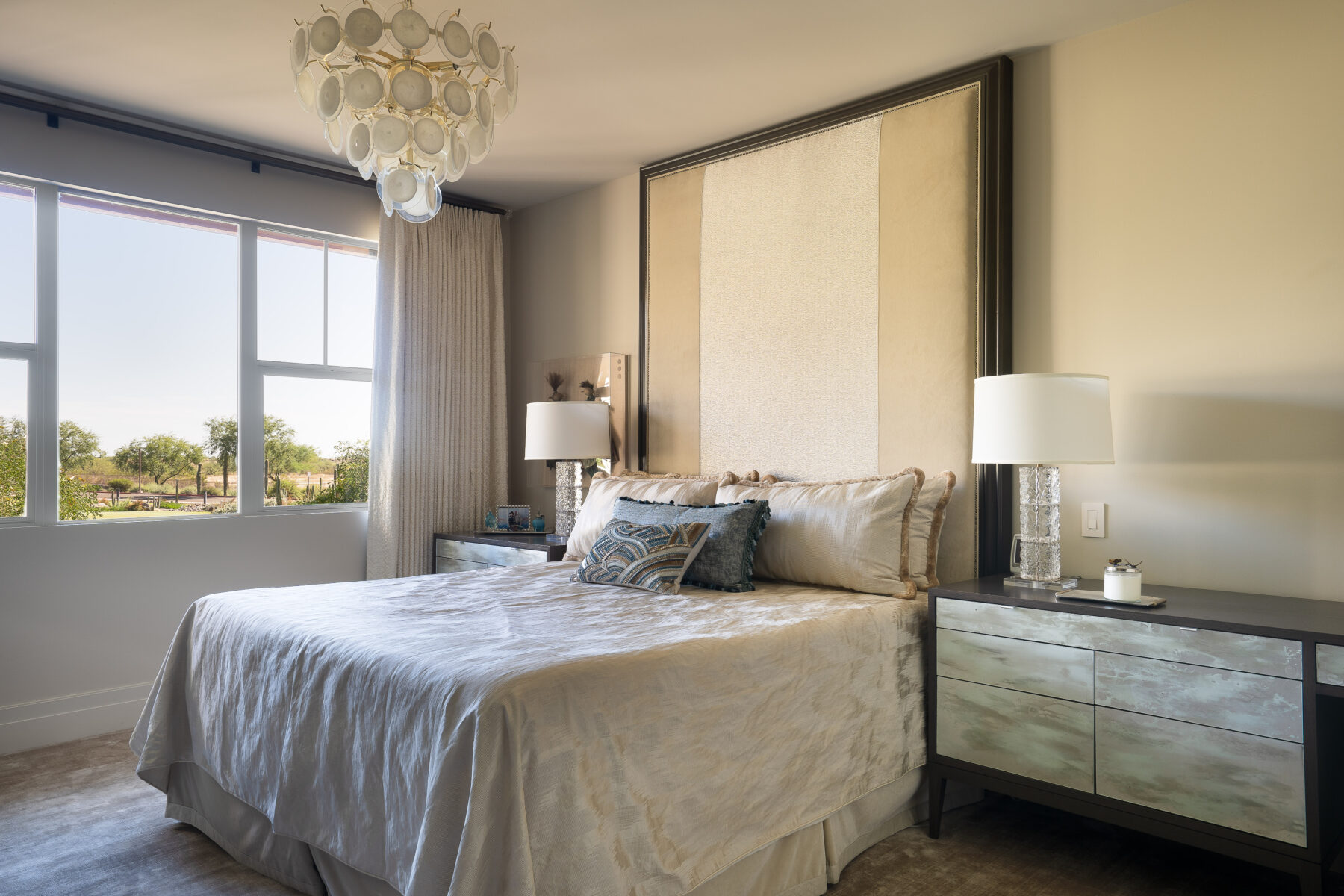The Home Addition Design Process

Designing a home addition can be an exciting and rewarding project, but it can also be overwhelming if you’re not sure where to start. Whether you’re adding a new bedroom, a home office, or a family room, the design process requires careful planning and consideration. In this blog post, we’ll outline some key steps to help you design a home addition that meets your needs and fits seamlessly with your existing home.
- Determine your needs and goals
The first step in designing a home addition is to determine your needs and goals. Ask yourself what you want to achieve with the addition. Do you need more living space, a larger kitchen, or an additional bedroom? Are you planning to accommodate a growing family or create a space for guests? Understanding your needs and goals will help you make informed decisions about the design and layout of your addition.
- Consider the existing structure
Before you start designing your addition, consider the existing structure of your home. Take note of the style, materials, and layout of your home, as well as any limitations or challenges that may impact the design of your addition. For example, you may need to work around existing windows or doors, or you may need to consider the impact of your addition on your outdoor space.
- Develop a budget
Once you have a clear understanding of your needs and goals, it’s important to develop a realistic budget for your project. Consider the cost of materials, labor, permits, and any additional expenses that may arise. It’s also a good idea to leave some wiggle room in your budget for unexpected expenses or changes to the design.
- Hire a professional designer
While it may be tempting to design your addition yourself, hiring a professional designer can save you time, money, and headaches in the long run. A professional designer can help you navigate the design process, offer creative solutions to design challenges, and ensure that your addition meets local building codes and regulations.
- Consider sustainability and energy efficiency
When designing your addition, it’s important to consider sustainability and energy efficiency. This can include things like using sustainable building materials, installing energy-efficient windows and insulation, and incorporating renewable energy sources like solar panels.
- Plan for the future
Finally, it’s important to plan for the future when designing your addition. Consider how your needs may change over time and how your addition can accommodate those changes. This may include designing a space that can be easily converted into a different use or incorporating features that will make your home more accessible as you age.
Designing a home addition can be a complex and challenging process, but with careful planning and consideration, you can create a space that meets your needs and enhances the value of your home. By following these key steps, you can design an addition that seamlessly integrates with your existing home and enhances your quality of life.
Have a project coming up? Let's chat.
"*" indicates required fields






